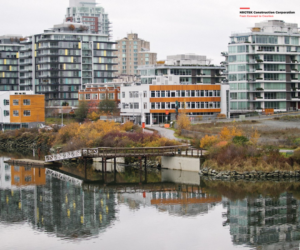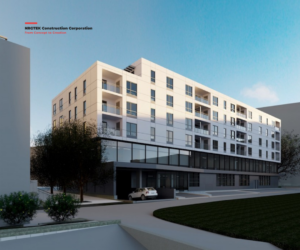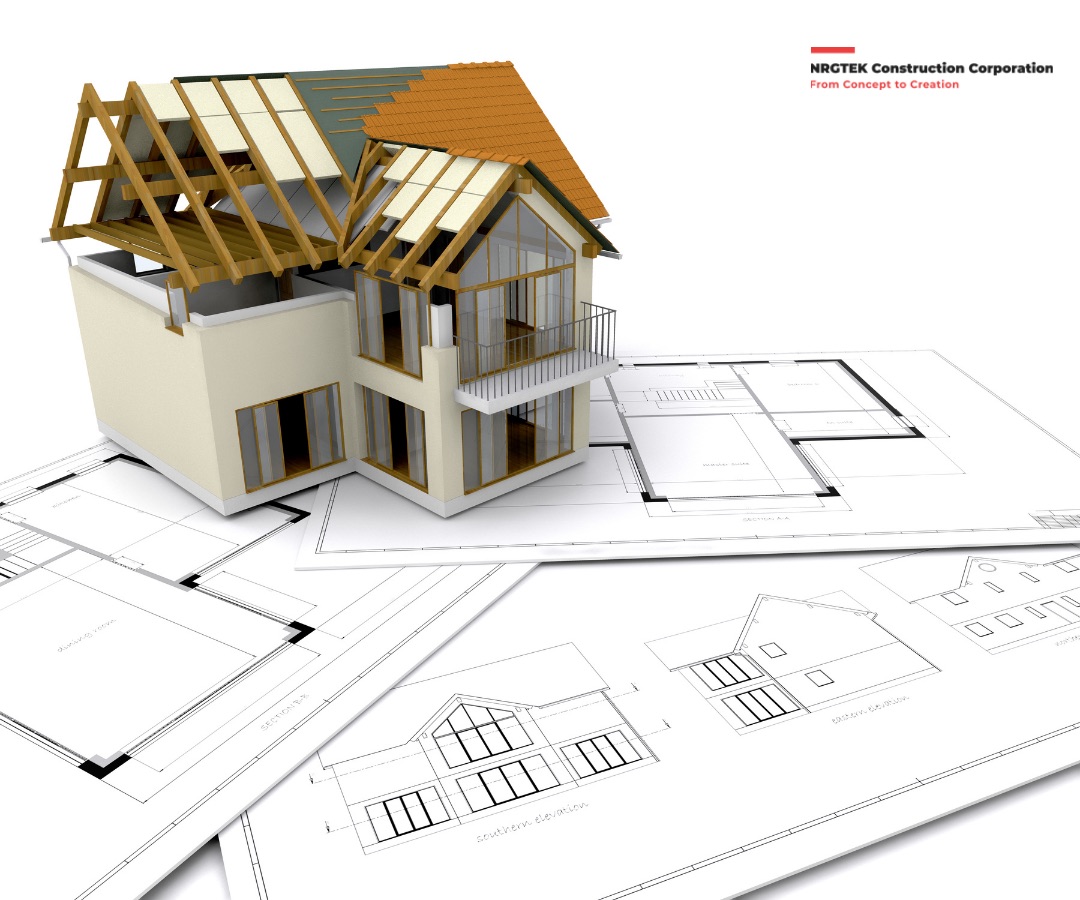
A persistent housing affordability crisis has been plaguing British Columbia (BC), especially in its major cities. Governments, nonprofit organizations, and private developers have responded by starting a number of creative and effective affordable housing initiatives. These models provide insight into how cities can address social equity while striking a balance between affordability and growth. Here are a few noteworthy case studies from Victoria, Vancouver, and other BC cities.
1. The King Edward Court, Vancouver
King Edward Court, which is situated in the Mount Pleasant neighborhood of Vancouver, is a prime illustration of how outdated infrastructure can be restored to accommodate the demand for affordable housing. The building, which was first constructed in the 1980s, underwent a thorough renovation to become an affordable, sustainable housing complex.
Key Features:
- Energy-efficient improvements: By adding solar panels, green roofing, and improved insulation, tenants’ energy expenses were reduced.
- Mixed-income model: This model promotes economic diversity in the community by combining market-rate and affordable units.
- Partnerships: The BC Housing Authority, the City of Vancouver, and a private developer worked together to complete the project, establishing a shared-cost framework that enabled it to proceed.
Impact: As part of Vancouver’s efforts to become more sustainable, King Edward Court now offers reasonably priced homes for low-income individuals and families. Additionally, it demonstrates how mixed-income housing can improve community harmony.
2. Margaret Mitchell Place, Vancouver
Key Features:
- Modular construction: Built offsite and assembled on location, this method reduced construction time and costs.
- Supportive services: Wraparound services, such as addiction treatment, mental health support, and job resources, are available to residents.
- Long-term sustainability: The structure can be expanded or reconfigured to meet changing community needs because it is made to be flexible.
Impact: This project serves as an example of how modular construction can quickly and effectively address pressing housing needs. Tenants pay no more than 30% of their income for housing thanks to rent subsidies from the provincial and local governments, which is a crucial affordability criterion.
3. Dockside Green, Victoria
 One of Canada’s most ambitious sustainable communities, Dockside Green provides a distinctive example of affordable housing and environmental responsibility. This mixed-use, mixed-income project, which is situated near Victoria’s waterfront, prioritizes environmental responsibility while keeping housing affordable for a large number of people.
One of Canada’s most ambitious sustainable communities, Dockside Green provides a distinctive example of affordable housing and environmental responsibility. This mixed-use, mixed-income project, which is situated near Victoria’s waterfront, prioritizes environmental responsibility while keeping housing affordable for a large number of people.
Key Features:
- Sustainable design: The project has a LEED Platinum rating thanks to its green buildings, on-site water treatment, and self-sufficient energy system.
- Affordable housing units: Some of the units, which offer both rental and ownership options, are set aside for families with low and moderate incomes.
- Social inclusion: By incorporating parks, bike routes, and neighborhood businesses, the development promotes a strong feeling of community.
Impact: Dockside Green demonstrates the compatibility of affordable housing and environmental sustainability. It is a replicable model for other cities striving for affordability and sustainability because of its creative financing strategy, which incorporates contributions from both public and private partners.
4. The 1050 Smithe Street Housing Project, Vancouver
In the center of Vancouver, the 1050 Smithe Street Housing Project presents a creative solution to the affordability crisis. The goal of this project is to balance social responsibility with commercial success by offering reasonably priced rental units within a larger market-rate development.
Key Features:
- Inclusionary zoning: The project was made possible through Vancouver’s inclusionary zoning policies, which require developers to include affordable units in new market-rate developments.
- Diverse unit types: To meet the needs of various demographics, the building offers a range of housing options, from family-sized units to studio apartments.
- Long-term affordability: A combination of rent-geared-to-income models and city subsidies keeps the rents for affordable units low, guaranteeing affordability over time.
Impact: This project demonstrates how inclusionary zoning can successfully address affordability in dense urban centers by requiring affordable units in market-rate developments. It also acts as a template for other cities hoping to expand their supply of reasonably priced housing without exclusively depending on government-built homes.
5. Little Mountain Housing Project, Vancouver
 An important redevelopment of a former public housing site is the Little Mountain Housing Project. In order to promote long-term community sustainability, the project intends to replace aging social housing units with new market-rate housing while maintaining social inclusion and affordability.
An important redevelopment of a former public housing site is the Little Mountain Housing Project. In order to promote long-term community sustainability, the project intends to replace aging social housing units with new market-rate housing while maintaining social inclusion and affordability.
Key Features:
- Mixed-income and mixed-use: Of the 1,400 new homes planned for the project, 282 will be social housing units for low-income families.
- Community-focused development: To promote social interaction, the project places a strong emphasis on public amenities like a community center, daycare centers, and green areas.
- Innovative funding: While developer and provincial contributions keep costs under control, the sale of market-rate units aids in subsidizing the construction of affordable housing.
Impact: Reintegrating low-income families into a rapidly gentrifying area is the goal of this extensive project. In addition to offering residents contemporary, energy-efficient homes, the mix of market-rate apartments and social housing guarantees that the neighborhood will continue to be inclusive.
Conclusion
These case studies from urban areas in British Columbia show various models of affordable housing, each specifically designed to meet the needs of its local community. These projects provide important insights into how governments, developers, and non-profits can work together to create affordable and sustainable housing, whether through modular construction, mixed-income developments, or sustainable urban design. These successful models offer guidance for future development as BC continues to struggle with housing affordability, demonstrating that inclusive, vibrant communities where everyone can prosper can be created with the correct partnerships and policies.
Key Takeaways:
- Public-Private Partnerships: To address the affordability crisis, cooperation between private developers, non-profits, and governments is essential.
- Sustainability: As evidenced by the growing integration of sustainable design into affordable housing projects, affordability and environmental stewardship can coexist.
- Mixed-Use and Mixed-Income Models: These models enhance social inclusion and financial viability, benefiting the wider community.
Building on these achievements will allow BC’s urban centers to keep aiming for a time when everyone has access to affordable housing while preserving the livability and diversity that make them desirable locations to call home.










